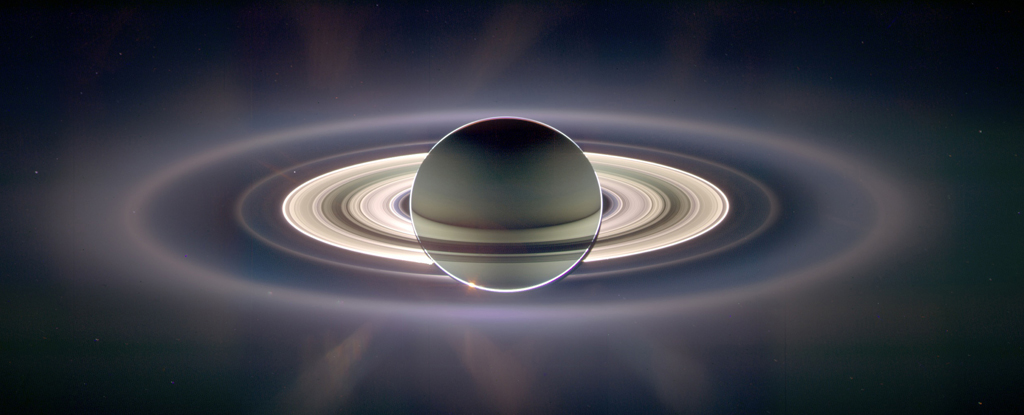Saturn’s rings are one of the most iconic features of the Solar System, but a new study suggests their time is limited. The rings are estimated to be between 100 million and 400 million years old, making them a recent addition to the Solar System and a fraction of the age of Saturn itself. The study also predicts that the rings will be gone within the next 100 million years.
The Formation and Composition of Saturn’s Rings
Saturn’s rings are composed of billions of particles of water ice, with deposits of darker, dusty material interspersed among them. The total mass of the rings is estimated to be about half that of one of Saturn’s smaller moons, indicating that they may have formed from a cataclysmic impact. However, the exact process by which the rings formed remains a mystery.
The Future of Saturn’s Rings
The impact of dust grains against the icy particles in Saturn’s rings causes tiny fragments to break off and become electrically charged. These fragments are then released from the ring system and trapped by Saturn’s magnetic field, ultimately funneling down into the planet’s atmosphere. This “ring rain” causes the rings to lose mass over time, with estimates suggesting that they will be gone within the next 100 million years unless they are somehow replenished. The rings’ turbulent history and uncertain future make them a fascinating and fleeting feature of the Solar System.



Leave a Reply